 When I talk to investors and ask if their properties are performing the way they intended when first purchased, I often get a glazed expression as they try to decide.
When I talk to investors and ask if their properties are performing the way they intended when first purchased, I often get a glazed expression as they try to decide.
Just as a bad apple in the bag will spread decay into the other apples, so can one bad or weak investment in your portfolio become a drag on your portfolio objectives and performance.
I had an “aha moment” a few years ago when talking to a financial planner friend of mine who said, “Are you doing a periodic check under the hood? Just as you do routine oil changes and lube job to maximize your vehicle’s performance, you too should periodically check that your investments are running as efficiently as possible.” He said, “Neither you nor your investments are static. And, your current financial needs may be different than they were when you first purchased the investments.”
Well, that certainly made good sense to me. I suggest you pick a day on the calendar and assess whether you are truly getting what you want and expect from your investments.
3 ways to make sure your investment deals are still good

One of Larry’s multifamily properties. Are your current objectives the same as when you purchased your properties?
What is your current objective, and is it exactly the same as when you purchased your property?
If so, congratulations. However, the chances are, if you have owned it for a long time, you may have evolved into wanting and needing different things.
I know when I first did this exercise I decided I wanted to sell all my multifamily units and exchange them for single-family homes. I was growing older and my latest priority was equity growth and simplification of my lifestyle. The cash flow was still great from the multifamily units, but I did not want to have to deal with domestic situations every day.
I am a buy-and-hold investor, so this was my auditing list and one that has helped many investors keep their portfolios current and on a solid foundation.
No. 1 – Solid cash flow and cash-on-cash returns
Fortunately for me, I always did extensive diligence and was always able to maintain good cash flow on the properties I invested in. A check into this is always important, however. Ask yourself:
- Does this property provide consistent, uninterrupted returns?
- • Is the net cash flow each month running consistent with the pro-forma you originally purchased the property for?
Every property is subject to periodic repairs and periodic tenant turnover. You factor this into your buying decision when you purchase a property. After owning a property several years, is it living up to those expectations? If not, are there things you can do to change it? Perhaps it may be as simple as some property management adjustments? Or, maybe it is a capital improvement to the property so you can increase rents and the quality of the tenants who will stay long-term. This, of course, requires crunching the numbers to see if the expense has an appropriate ROI. Or, perhaps there is a better ROI in exchanging the property for one that more closely matches your current objectives.
No. 2 – Low risk and low speculation
Buying performing assets such as already tenanted, or easily tenanted, properties were important to me. Also, I wanted properties that were in highly desirable owner-occupied to renter ratio areas. That reduced the risk and speculative nature of purchase as well as created a great exit strategy to sell to the retail buyer when I was ready to sell, and that was now at the forefront of my investment objectives. My “aha moment” was that the multifamily units I purchased in high rental-populated areas had done a great job providing me the cash flow over the years when that was important to me. Now, years later, I am focused on low-risk and low-speculation properties and needed a change.
No. 3 – Low management requirements
Another example of changing priorities in my portfolio is that I was losing interest in the constant tenant turnover that was engulfing my time. The cash flow, even considering these turnover expenses, was still good. However, how I spent my time was becoming more valuable to me. The time commitment to turnover, prevalent in multifamily properties, was no longer serving my top priorities.
This checkup, which I turned into an annual to-do task, has served me well, as it also has with all the investors I know who use it. When I first used it, it prompted me to exchange these multifamily units into single-family properties. As I learned from my financial planner friend, investments are not static, and you need to update them from time to time.
The buy-and-hold investor
I have come to learn that for those of us who are buy-and-hold investors, we do not need to buy a property and hold it forever.
It simply means you want to buy real estate and hold it long-term.
When it no longer serves your current needs, whether that is due to economics of a real estate cycle or through changing objectives, you are best served by utilizing the 1031 exchange privileges and exchanging the property to one that will be of your highest and best use.




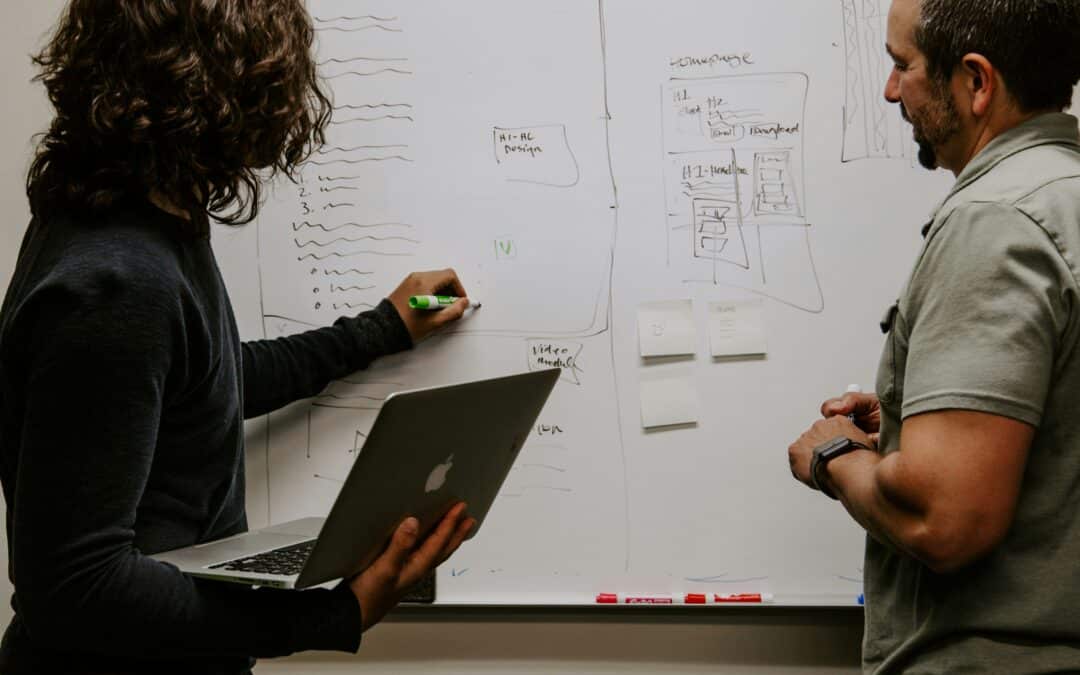

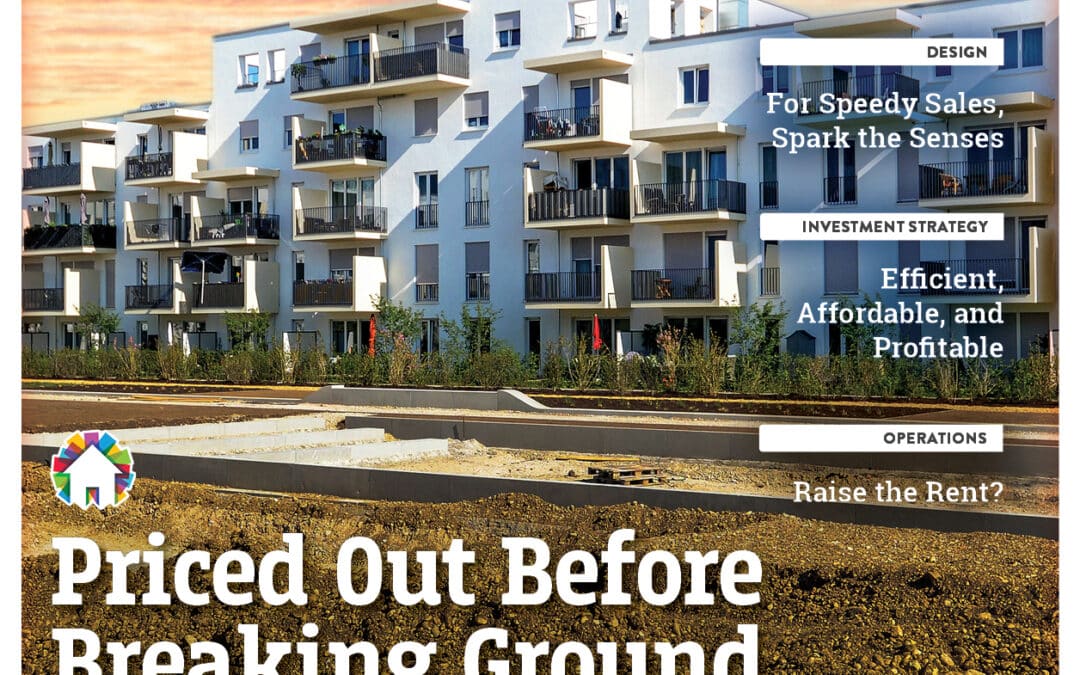



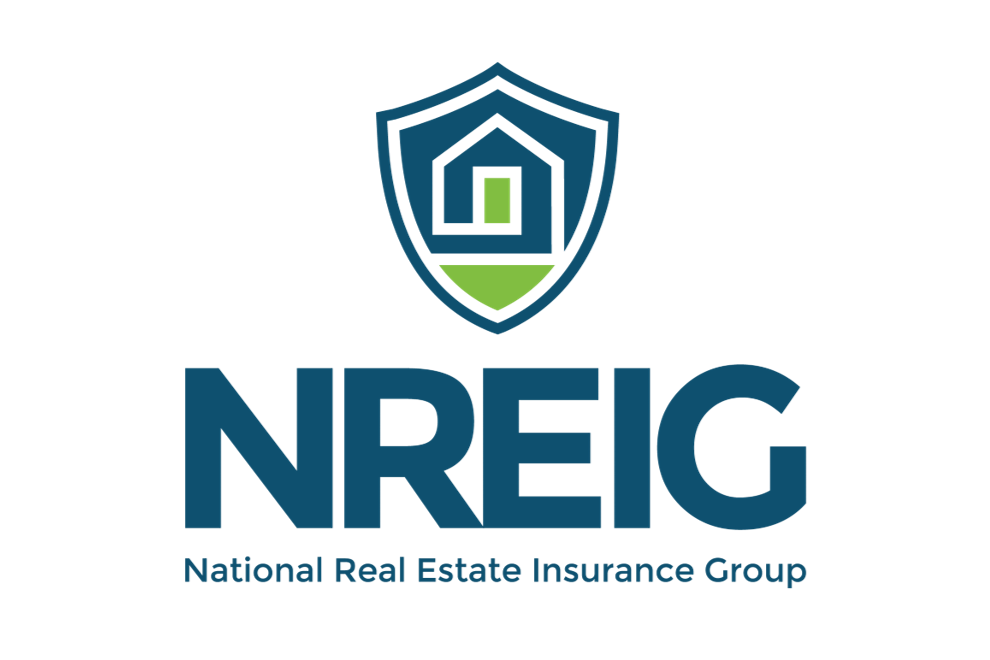
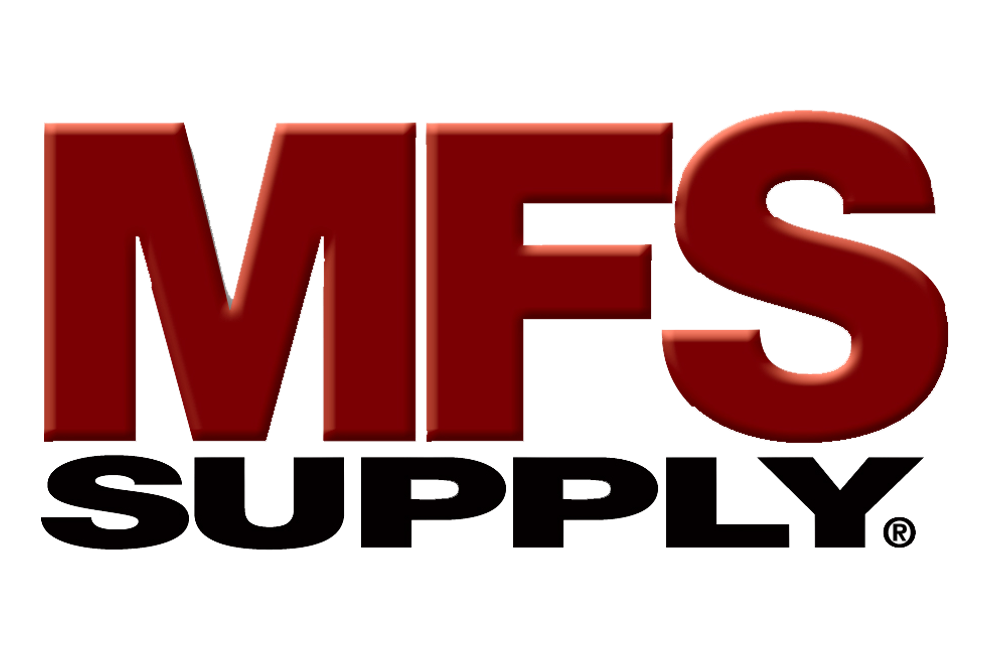
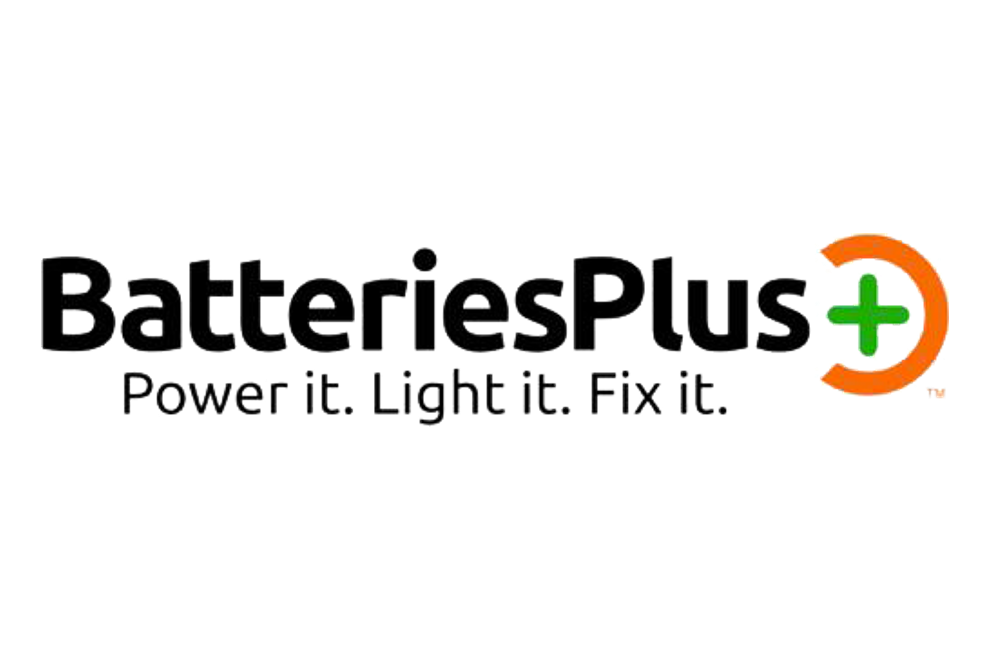
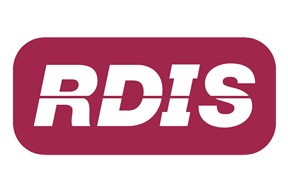
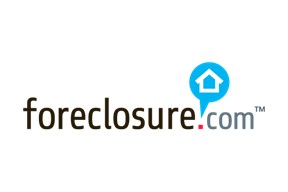
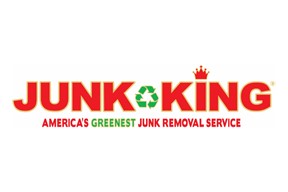
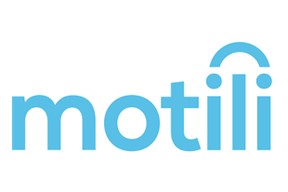


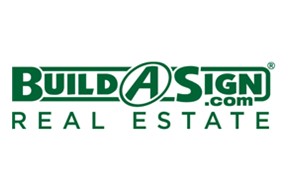

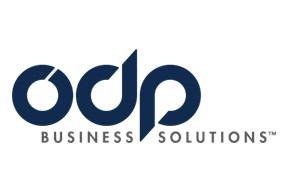
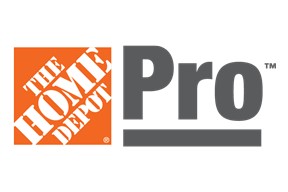
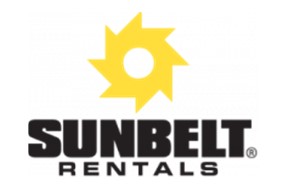
0 Comments